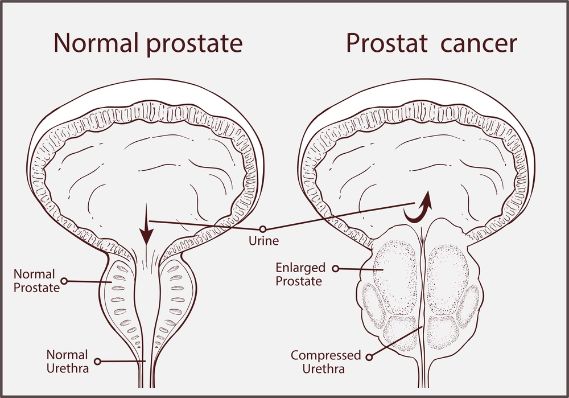A man’s prostate produces a protein called prostate specific antigen (PSA). PSA is only made in the male body, and so it can be detected in the blood. Men who have prostate cancer often have higher levels of PSA than men without it. PSA tests are useful for monitoring the status of prostate cancer and detecting changes in PSA levels that might indicate a recurrence of the cancer after treatment.
The normal range for PSA differs by age and race, but most doctors agree that the average level of PSA in men ages 50 and over is around 4 ng/mL. Mild to moderate increases in PSA are considered borderline, and higher levels indicate a greater risk of prostate cancer.
When deciding whether to undergo a PSA test, men should consider their individual risk factors and personal preferences. The American Urological Association recommends shared decision-making between patients and their doctors.
A man’s PSA levels can rise for several reasons. Often, this happens months or years before any symptoms appear, but it can also be a sign of prostate cancer.
PSA levels are measured in nanograms per milliliter, or ng/ml. A normal PSA blood level is 0 ng/ml or less.
The size of the prostate gland, which can vary greatly from person to person, affects PSA levels. A larger prostate produces more PSA, while a smaller one produces less.
Certain medicines can lower a man’s PSA level, and these should be discussed with the doctor. Drugs that contain 5-alpha reductase inhibitors, such as finasteride (Proscar and Propecia) or dutasteride (Avodart), can decrease PSA levels and may reduce the risk of prostate cancer. Some herbal mixtures can also mask a high PSA level, such as saw palmetto (used to treat BPH).

Other factors can affect the results of a PSA test. For example, ejaculation or cycling can temporarily raise a man’s PSA level, so if these activities are planned, men should abstain for a few days before testing. Also, long-term use of statins (drugs used to lower cholesterol) or thiazide diuretics can also cause a drop in PSA levels.
Another way to evaluate a PSA test result is to look at the ratio of free PSA to total PSA. The proportion of free PSA is thought to be a better predictor of prostate cancer than the level of total PSA.
Some researchers also look at PSA velocity, which measures how quickly a man’s PSA level increases after treatment for prostate cancer. However, this is not yet considered a reliable test for identifying prostate cancer, and the American Cancer Society guidelines do not recommend it.
If a PSA level is higher than expected, the doctor may want to order further tests, such as a digital rectal exam or a urine test. If the PSA level is very high, the doctor may decide to perform a biopsy on the prostate. A biopsy involves taking a small sample of the prostate and sending it to a lab for further tests.









